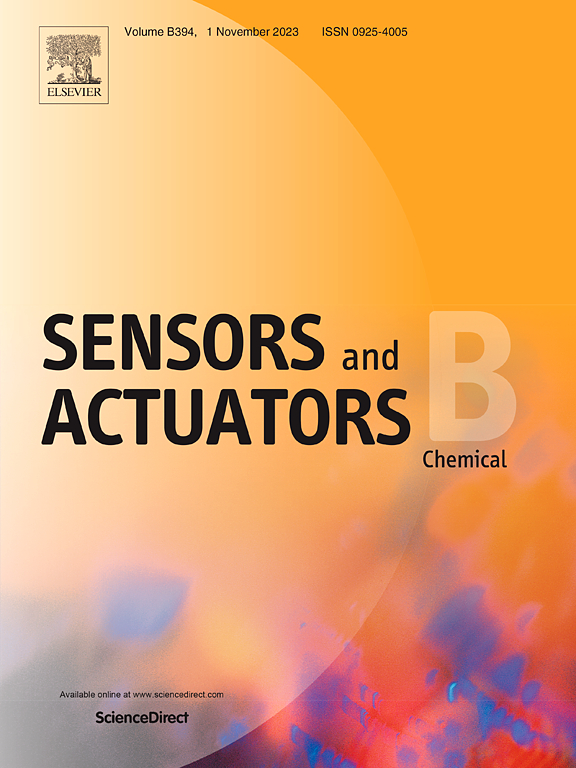A Kresling origami-enabled soft robot toward autonomous obstacle avoidance and wall-climbing
IF 8
1区 化学
Q1 CHEMISTRY, ANALYTICAL
引用次数: 0
Abstract
In recent years, soft robotics has rapidly emerged as a prominent research topic, unlocking new possibilities for addressing real-world challenges. However, enabling soft robots to achieve autonomous motion in confined spaces remains a significant hurdle. To address this, we propose a highly integrated soft robot capable of wall-climbing transitional motion and tactile perception in narrow spaces, equipped with closed-loop sensing and control capabilities. The robot's mechanical structure leverages the ingenious design of the Kresling origami architecture combined with flexible materials, enabling smooth transitional movements from flat-surface crawling to various angles ranging from 0° to 90° within a confined 2 cm space. Furthermore, by in-situ integrating a highly sensitive and flexible planar capacitive contact sensor at the robot's tip, it can rapidly detect and respond to obstacles. This customized sensor exhibits an impressive response time and maintains durability over 1000 cycles. The real-time sensing data is fed back to the controller, facilitating closed-loop obstacle avoidance and autonomous motion. This innovative design, combining advanced mechanical architecture with a closed-loop sensing strategy, provides a promising pathway for developing soft robots capable of autonomous operation in constrained and dynamic environments.
面向自主避障和爬墙的Kresling折纸软机器人
近年来,软机器人迅速成为一个突出的研究课题,为解决现实世界的挑战提供了新的可能性。然而,使软体机器人在有限空间内实现自主运动仍然是一个重大障碍。为了解决这个问题,我们提出了一种高度集成的软体机器人,能够在狭窄的空间内进行爬壁过渡运动和触觉感知,并配备了闭环传感和控制能力。机器人的机械结构利用了Kresling折纸建筑的巧妙设计,结合了柔性材料,在2厘米的有限空间内,从平面爬行到0°到90°的各种角度,实现了平滑的过渡运动。此外,通过在机器人尖端原位集成一个高灵敏度和柔性的平面电容式接触传感器,它可以快速检测和响应障碍物。这种定制的传感器具有令人印象深刻的响应时间,并保持超过1000次循环的耐用性。实时传感数据反馈给控制器,实现闭环避障和自主运动。这种创新的设计将先进的机械结构与闭环传感策略相结合,为开发能够在受限和动态环境中自主操作的软机器人提供了一条有前途的途径。
本文章由计算机程序翻译,如有差异,请以英文原文为准。
求助全文
约1分钟内获得全文
求助全文
来源期刊

Sensors and Actuators B: Chemical
工程技术-电化学
CiteScore
14.60
自引率
11.90%
发文量
1776
审稿时长
3.2 months
期刊介绍:
Sensors & Actuators, B: Chemical is an international journal focused on the research and development of chemical transducers. It covers chemical sensors and biosensors, chemical actuators, and analytical microsystems. The journal is interdisciplinary, aiming to publish original works showcasing substantial advancements beyond the current state of the art in these fields, with practical applicability to solving meaningful analytical problems. Review articles are accepted by invitation from an Editor of the journal.
 求助内容:
求助内容: 应助结果提醒方式:
应助结果提醒方式:


